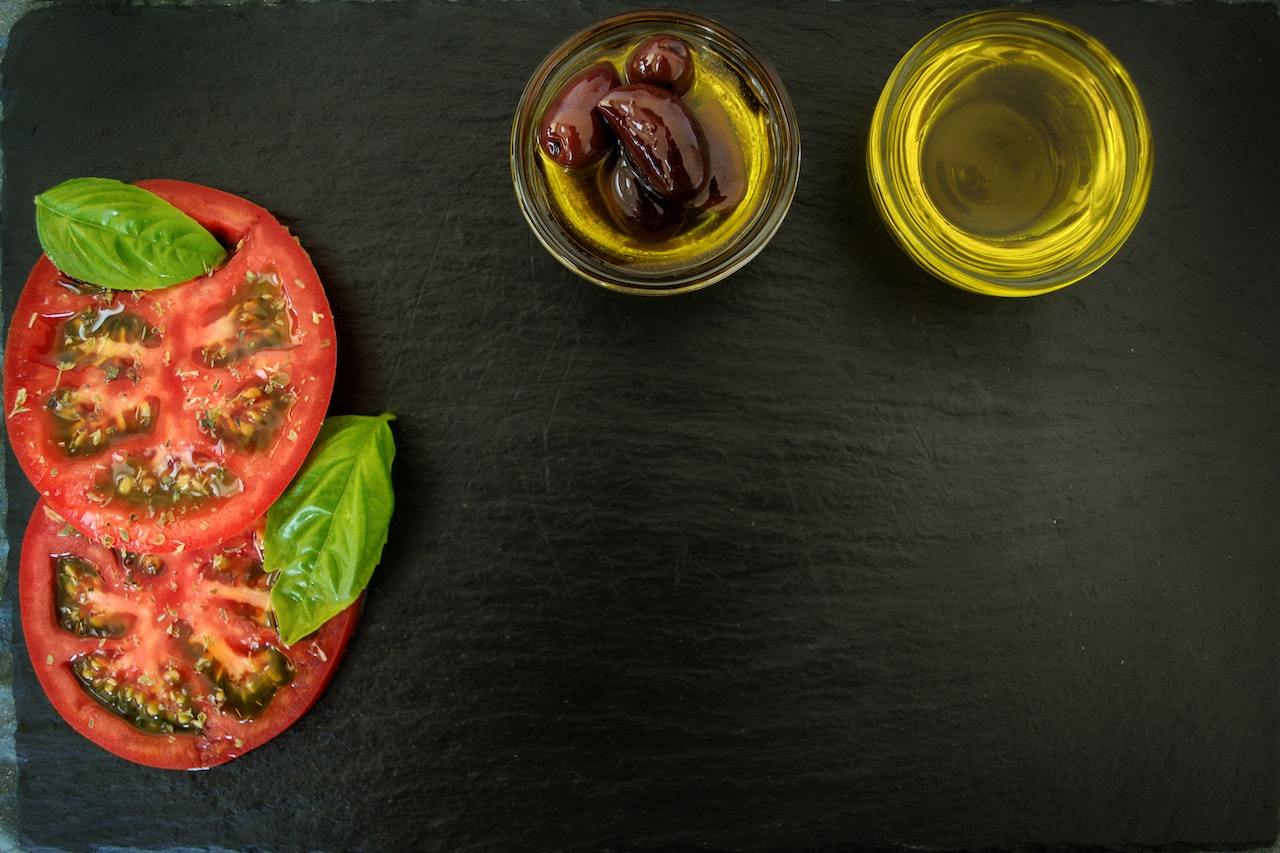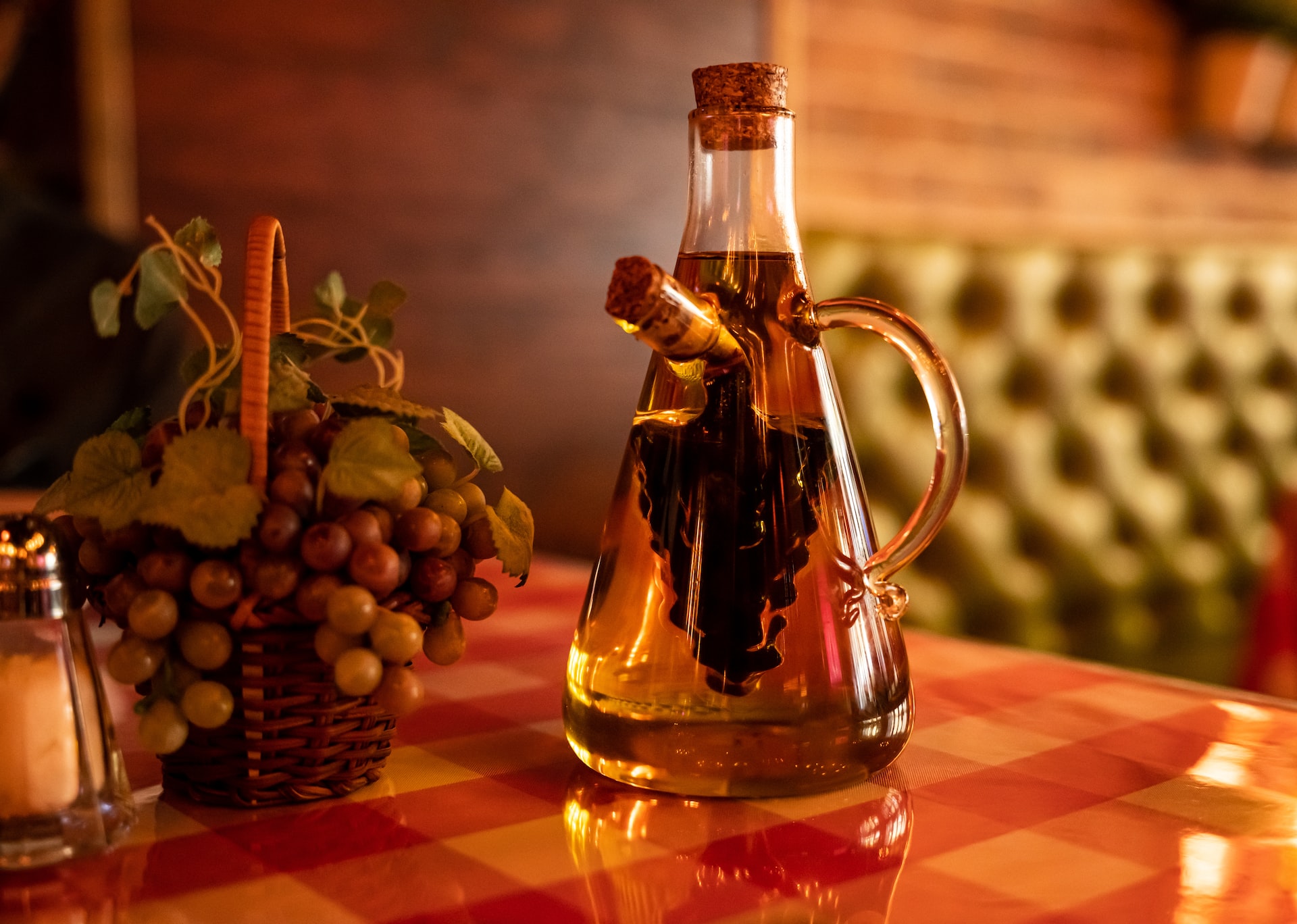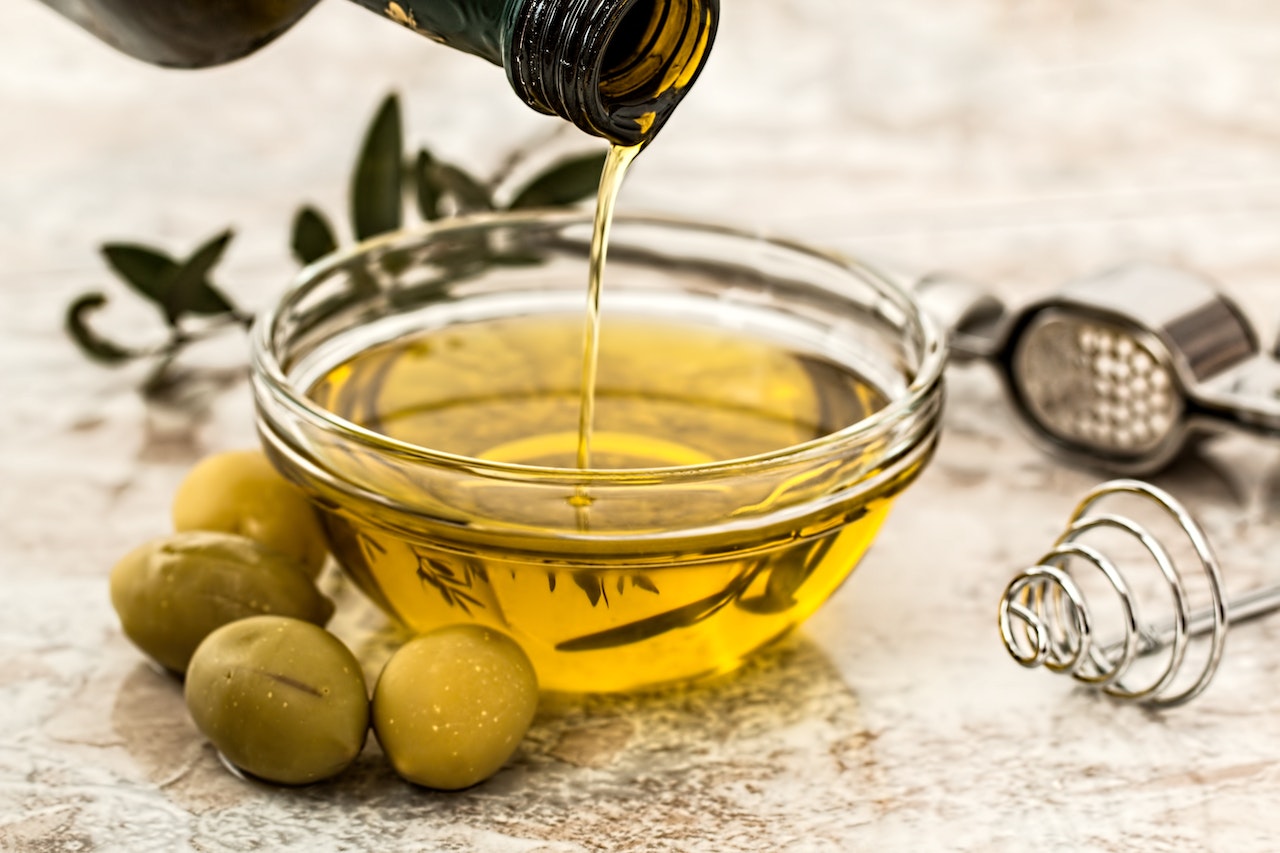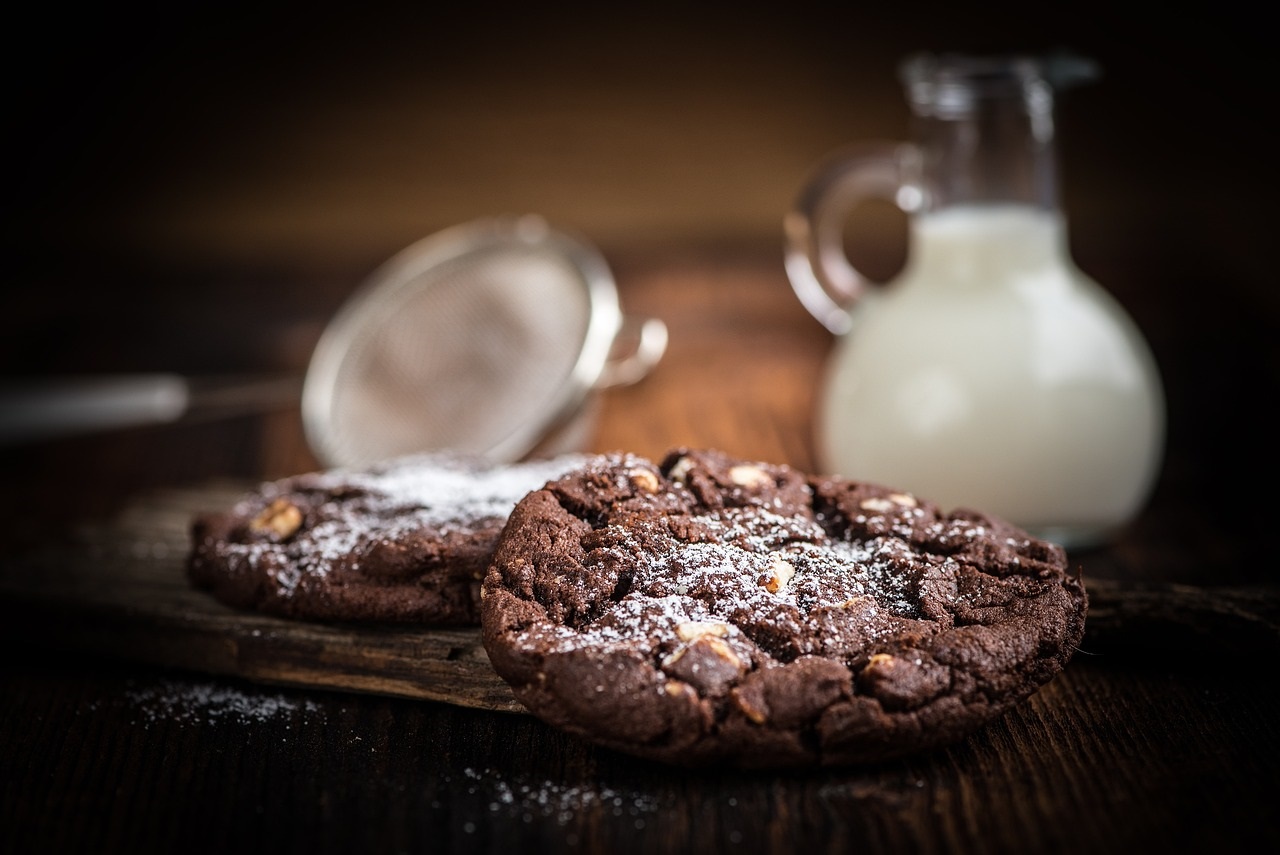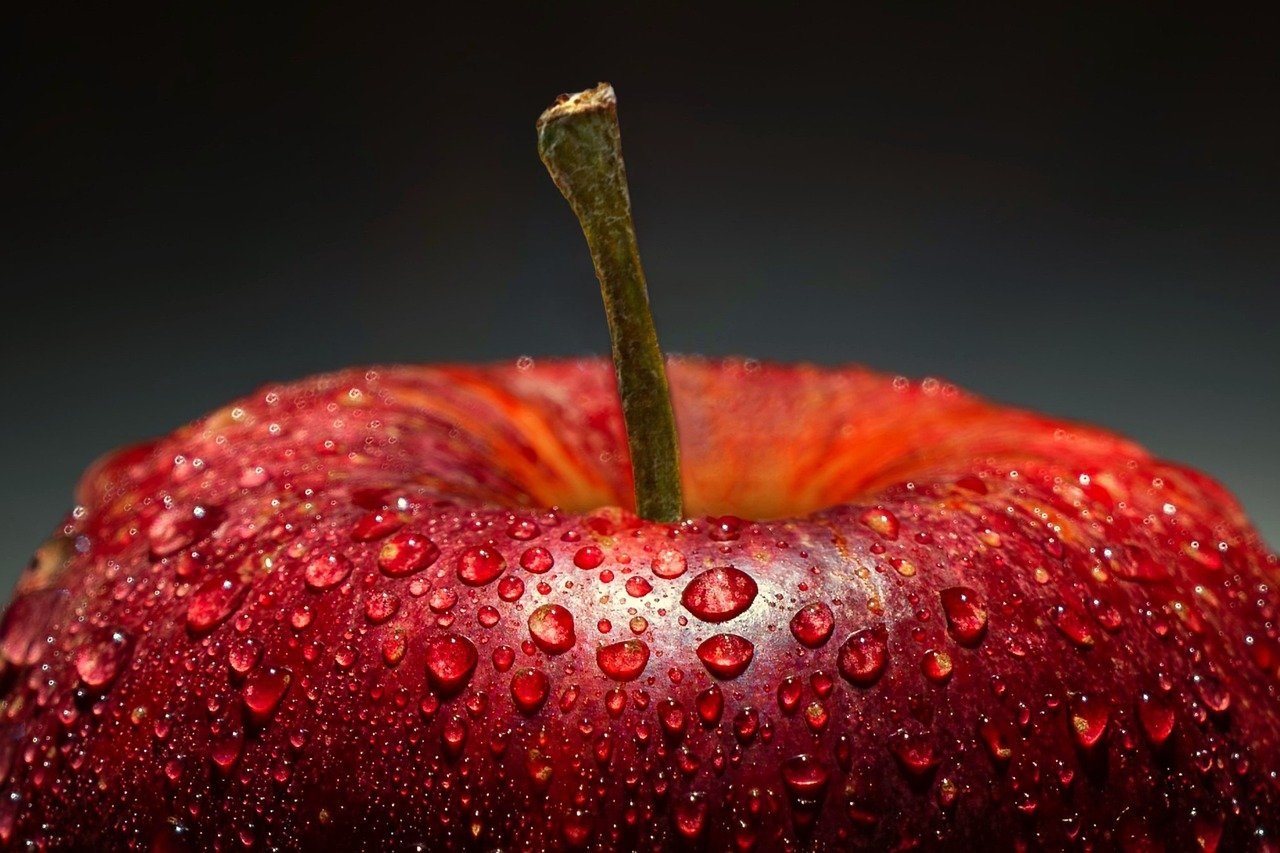For centuries, olive oil has been produced by pressing green or ripe olives to extract the delicious and fragrant oils. It has been used since ancient times for cooking, oil lamps, skin treatments, and much more. It is one of the most valuable commodities in history and a staple in the pantry of every chef.
The taste of olive oil is wonderfully complex and will add a special character and depth to your recipes. When cooked, olive oil transforms slightly to become a richer and more flavourful version of itself, similar to butter.
There are three basic types of olive oil: extra virgin, virgin, and processed. Extra virgin is the product of the first pressing of the olives. It flows easily from the pores of the olives and has the sweetest and lightest taste. It is the first choice when consuming raw oil on bread or in salads.
Virgin oil is the product of the second pressing. It has a slightly different flavour profile and is considered a second choice for raw edibles. This grade can be used for home cooking without a noticeable difference, unless you’re a olive oil sommelier.
The third type is simply known as ‘pure’ olive oil. This product is extracted from the spent olive meal using hexane as a solvent. It is considered a utility quality and it found in commercial baking when the taste of olive oil is desired.
To obtain the best results, use lower temperatures when cooking with it. Olive oil has a smoke point between 375 and 400 degrees which is lower than other oils. Using olive oil for high temperature cooking will result in bitter, burnt, and unpleasant flavours being imparted on the food.
Foodies know that olive oil can be used in place of vegetable oil when baking muffins or loaf cakes. It will also liven up a frozen pizza when drizzled on top and some brushed on the crust edges.
For a rich and hearty pasta sauce, add a half measure while the tomato puree is cooking and a reserved amount just before serving. Tomato sauce can take a lot of olive oil so be extra generous – it’s the secret to a satisfying sauce.
Olive oil is affected by light and that can include the bright fluorescent lights at the supermarket. The less light that reaches the oil, the better it will be. Look for bottles or packaging that block light, such as cans or dark bottles for the best tasting, longest lasting supply. It should be consumed fresh – less than two years from harvest until the bottle is empty. Quality oils will have a harvest date or a best-before date to indicate shelf life. If you’re especially frugal, though, expired oil can be used as fuel in a decorative Aladdin’s oil lamp.
Considering a move in 2023? Contact our office to buy or list your home for sale 250-753-9688 or choose a Nanaimo Realtor

